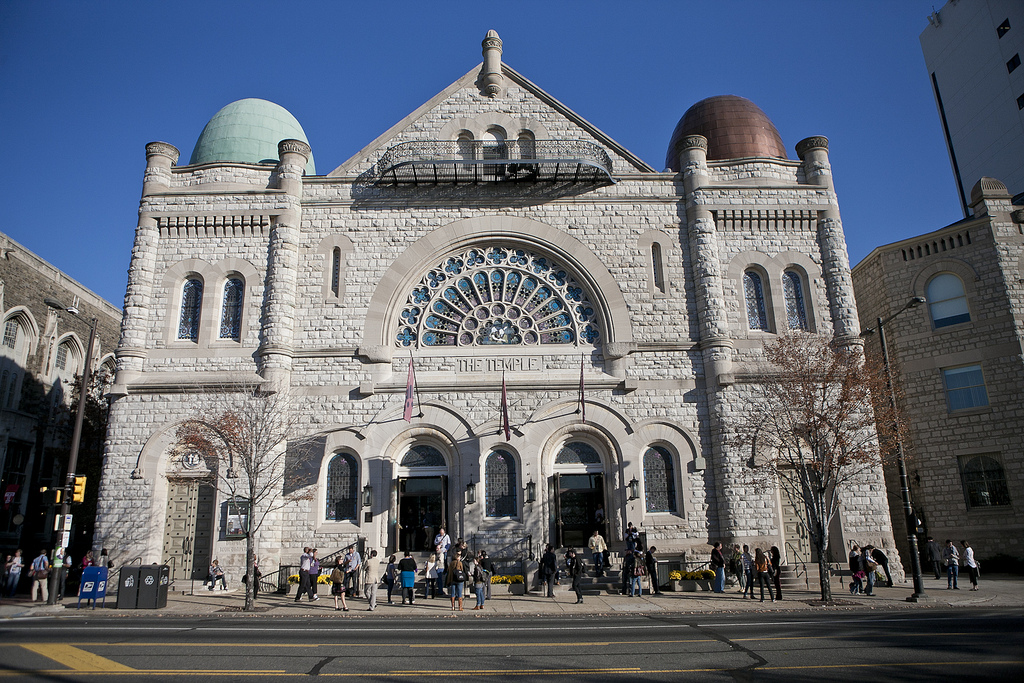by LaShae Ferguson
What happens when you graduate and you think you'll be designing buildings but you're not? What happens when you see all the cool kids doing amazing things on all the new technologies and you feel like a dinosaur? When you get the rare privilege of helping out on an amazing presentation but for the most part you do a lot of shop drawing reviews? Or being told you might not be ready to be on a team? The main challenge I faced was wanting to learn more, but being told that I should be happy where I am. Well, I wasn’t. I decided to work for small firms, mid-sized and large firms, and I was able to expand my network, find mentors and work on amazing projects. But this didn’t happen overnight - it took over 15 years. (Enjoy the journey right?) The first few years I was enrolled in college, taking classes at night and weekends and working during the day.
It was insane and a process of saving money, learning new skills, searching for my tribe and looking under every nook and cranny for opportunities that provided the space for growth. I sought out the person who helped me to get a scholarship and took her to lunch, sent congratulatory notes to firms whose work I admired and read the employment section of the newspaper every week. The opportunity for growth was a huge driving force but what exactly did I want to do?
For starters, I wanted to see how drawings translated in the field, meet with clients, learn how to conduct sales calls, and see a project from start to finish. I searched until I found a company that allowed me to do just that. And when a project came through the door that I wanted in on, I made it known, 'hey that looks like an awesome project, I want in on it!’ But it wasn’t a cake walk at all. Real talk: I had colleagues rail on me and toss drawings at me. But every single time I stood up for myself, unapologetically. When I felt that some personalities were too extreme, I actively searched out those who were more action oriented versus ego oriented. Take it how you will.
I chose to advance myself further by being an owner, because of my desire to be creative, make a living and have a life. It was scary, like jumping off a cliff without a parachute, but I saw no other way. I knew I wanted to be married and have children and from what I saw, unless you knew the right people and all the right things, returning to work after maternity leave might be questionable. So I decided that instead of working for firms, I would partner with them. I cold called local small companies, kept in touch with people I worked with and partnered with other designers and contractors. I learned as much as I could in the field and a lot about how to deal with personalities, problem solving and business. I read a lot of amazing biographies and business books that extend beyond my profession.
And I understand, entrepreneurship is not for everyone, it can be scary, but here are a few general takeaways:
Ask yourself, what is it I’m trying to do? Small projects, big projects? Am I good with presentations, production, details, technology, people?
Do I see myself as a principal, vice president, owner?
What are my strong points and areas thatwhere I need work on?
Seek out those whose opinions you value and who will be 100% real with you.
Reach out to someone that you admire and ask them out for coffee, make the connection and keep in touch.
Build your network on social platforms like Twitter and LinkedIn and write sincere recommendations for those you know.
Go to local networking events.
Ask lots of questions.
Save your money.
Become passionate about a cause and when and if you are able - volunteer.
Become a board member.
Build your tribe.
Be curious, vocal and persistent.
Understand that your path may be different from others, advancement (nor life) is not linear.
If you've gotten this far, to finish school, to work for a firm, you put in 80% right there....so if someone tells you no, you can't, you're not ready, you pick yourself up and search until you find your yes.
About LaShae Ferguson @lashae_f
LaShae A. Ferguson, Assoc. AIA, Owner of L.A. Design Collective, LLC, An Architectural Design & Drawing Co., and graduate of the University of the District of Columbia. LaShae has co-managed design-construction projects worth over $8 million total. When not working, she enjoys spending time with her family, cooking and traveling.
EQxD Get Real - To read more about challenges and resilience from diverse viewpoints, go here.
In a similar spirit of spontaneity of the Archimom's Everyday Moments of Truth blog series, we are excited to bring you EQxD Get Real: True stories of Challenges and Resilience from diverse perspectives of architects and designers. Each day we will feature the stories of each person's challenges in the profession and what they learned from those experiences to inspire action for equitable practice in architecture.
In Equitable Practice, architalks, INSPIRE%Tags, EQxDGetReal































